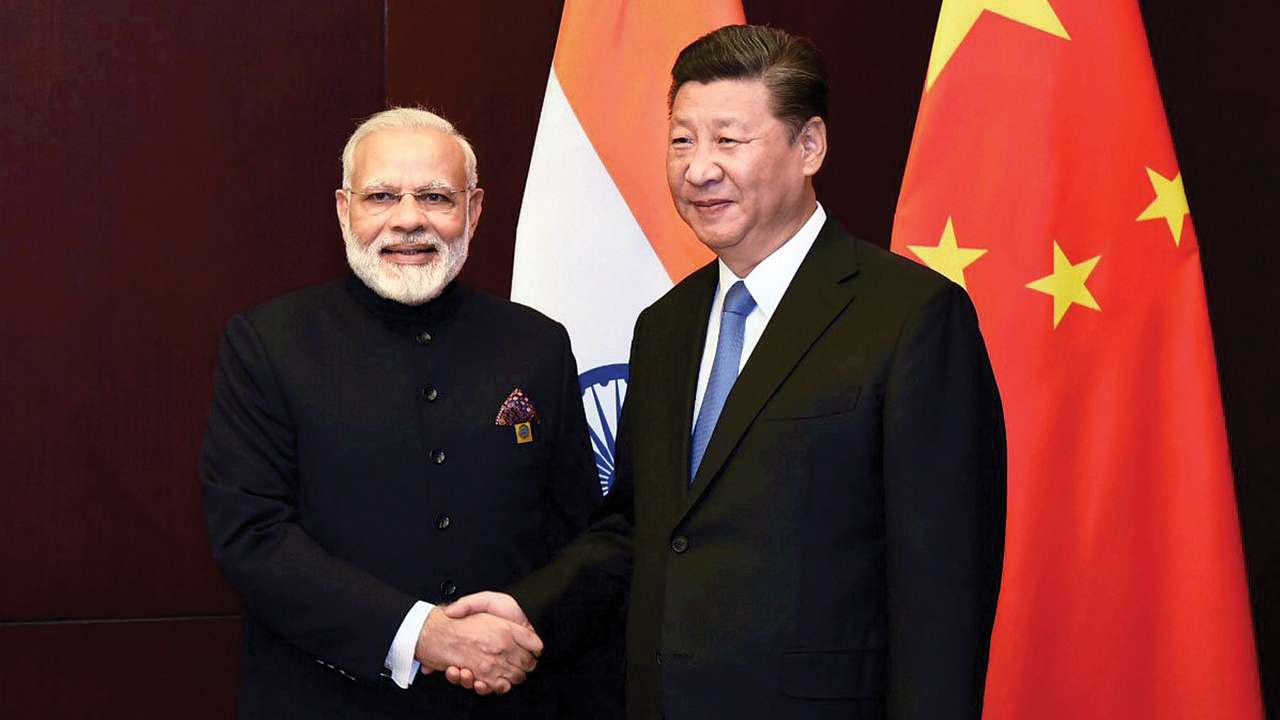
The diplomatic relationship between the United States and China has touched an all-time low with the Trump administration having turned up the rhetoric on Beijing on trade. On July 6, the US President decided to impose 25 per cent duties on $34 billion worth of Chinese imports to his country. China has in turn said it would strike back with high duties on an equal amount of US exports.
Of course, Trump’s tough talk on trade ties with China is not new. During the presidential campaign he had consistently maintained that China was taking American jobs and hurting the American economy. He had then pledged to correct the growing trade deficit between the two countries by imposing high taxes.
It is in this context that 2018 has witnessed a slew of steps by the Trump administration to force the Chinese government to address the US’ concerns with regard to the trade imbalance between the two sides. In January this year Trump introduced tariffs on solar panels and washing machines. This move was seen as significant since China processes 65 per cent of the world’s solar modules. Subsequently, the US raised import taxes on steel and aluminium by 25 per cent and 10 per cent respectively. In April, Trump announced a list of 1,300 Chinese exports which he planned to hit with 25 per cent tariffs following which he accused China of stealing American intellectual property rights. China reacted by listing its plans to counter the US decision by hitting American exports with 25 per cent tariffs. The proposed package targeted over 100 US-made products, including cars, airplanes, and soybeans. Beijing’s reactionary measures led the Trump administration to consider imposing tariffs on an additional $200 billion worth of Chinese goods, and this month the trade war between the two sides accelerated to a new level.
While it is too early to make an assessment about the impact of the trade war on the economies of China and the US there is no secret that the Chinese economy is going through a bad phase, and the trade war will only make things worse for them. This can be gauged from the fact that in the last six months the Shanghai Index of Chinese stocks fell by nearly 20 per cent. The heat of the trade war on the Chinese economy can also be seen in the fact that there are reports about Beijing softening its ‘Made in China 2015’ campaign. Since the end of March, the yuan has slid nearly 7 per cent, again demonstrating the impact the trade war might have on China’s economy.
But it would also be naïve to think that the trade war between China and the US will only affect the Chinese economy. In fact, since China is the world’s top exporter and second largest importer and the US is the largest importer and second largest exporter, the trade rift between the two will have an adverse impact on the global economy. India, in particular, has been keenly watching Trump’s trade policy towards China. For India, the US is its largest export market and therefore the implosion of new tariffs on goods from China will indirectly impact exports of goods from India. India has been already disturbed by the new H1B visa regulations and the fact that it has been placed on the Priority Watch List in the USTR Special 301 Report for Intellectual Property Rights (IPR) implementation is something the country would have liked to avoid.
The fact that the Trump administration has hardened its foreign trade policy and that India has announced retaliatory tariffs worth about $235 million against 29 US products is been seen as a golden opportunity for India and China to boost their trade ties. In fact, some experts opined that one of the reasons for the informal meeting between Prime Minister Narendra Modi and Chinese President Xi Jinping in Wuhan was to talk about trade. After the meeting, China eased the export of non-basmati rice from India and also removed duties on anti-cancer drugs. Commenting on this, the Global Times in China wrote suggesting, ‘Policy coordination among China, India and European countries must be strengthened to jointly restrain Trump’s unilateralism…’
However, fostering economic engagement between India and China cannot take place in isolation. This is especially so as the two sides continue to have political differences on many issues, including the widening trade gap between India and China, the Belt Road Initiative (BRI) and China’s opposition to the Quadrilateral Security Agreement among other issues.
Nevertheless, since there are no signs of the trade war between China and the US coming to an end in the near future, India should take this opportunity to correct its trade deficit with China. At the same time, it must tow a fine line between China and the US, so as not to unnecessarily become a part of the US-China trade war. India is already doing this. Its decision to invite President Trump as the chief guest at the Republic Day parade is a calibrated move to balance between the US and China. It remains to be seen how far it can succeed.
The writer is a Visiting Fellow, National Chengchi University.
Views are personal.